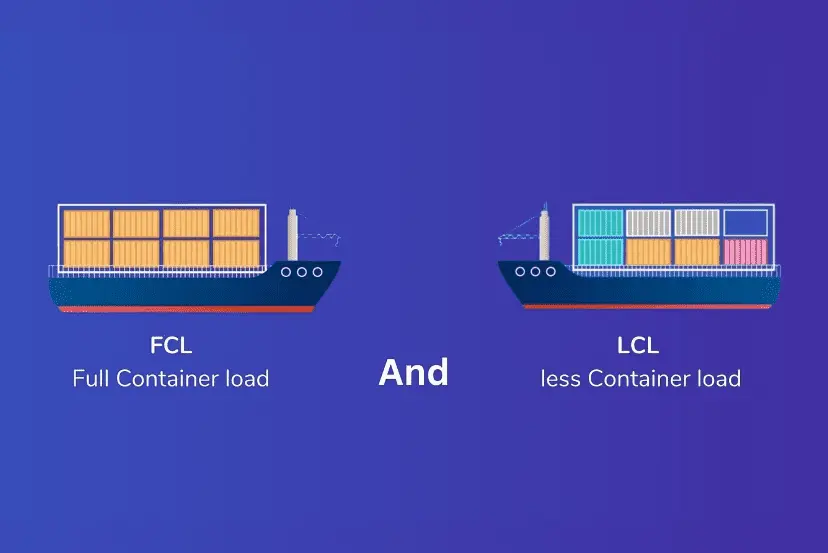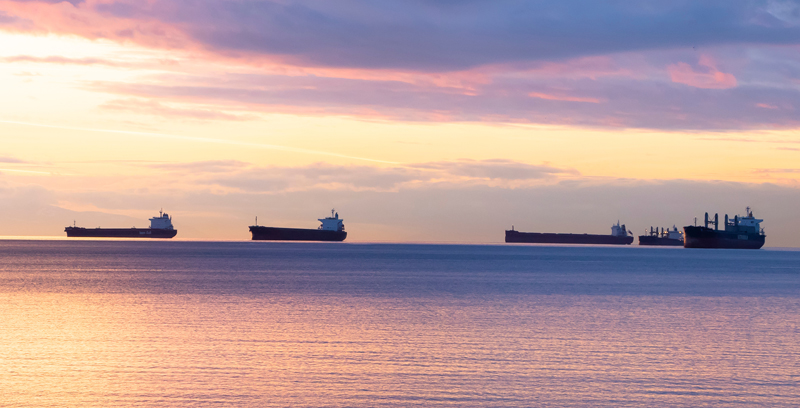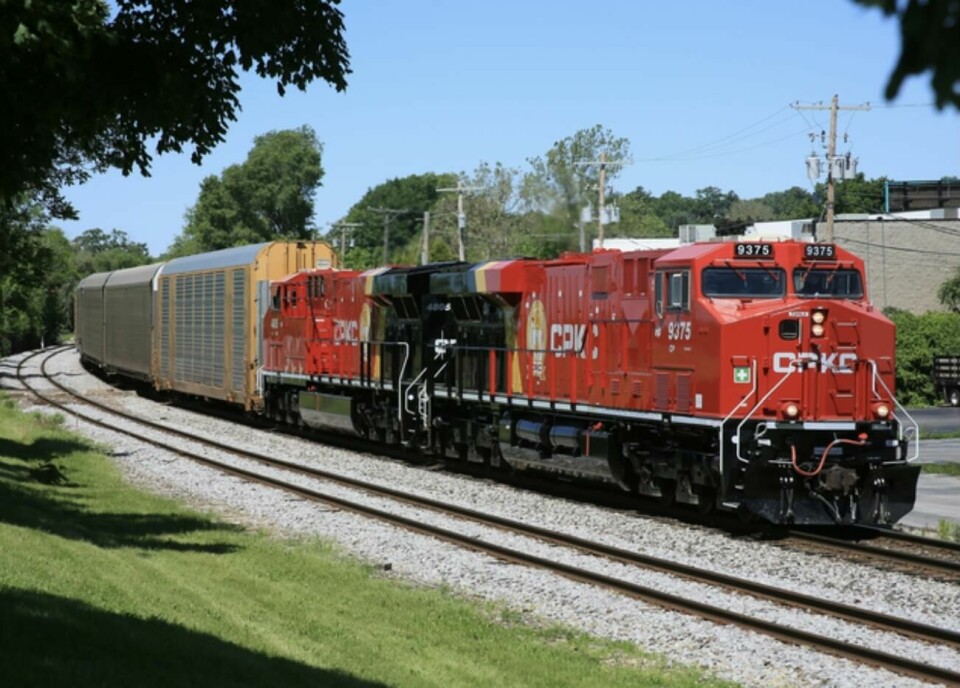- By Della tj
- October 11, 2025
- Sea Freight, Shipping
Global trade between China and the Netherlands continues to grow rapidly, making sea freight China to Netherlands one of the most vital logistics routes in Europe. This guide explains the process, costs, timeframes, and real shipment cases, helping businesses choose the most efficient and economical way to transport their goods.
What Makes Sea Freight from China to the Netherlands So Popular?
Several factors contribute to the high demand for sea shipping between these two countries. Sea freight offers cost-effectiveness, large cargo capacity, and flexible options. Compared to air freight, it’s more affordable for bulk shipments. Moreover, Chinese ports like Shanghai, Ningbo, and Shenzhen provide extensive connections to Dutch ports such as Rotterdam and Amsterdam.
Key benefits include:
- Economical for large-volume goods
- Suitable for containers and oversized cargo
- Reliable schedules and diverse routes
How Long Does Sea Freight from China to the Netherlands Take?
Transit time depends on the shipping method, route, and port congestion. Generally, sea freight from China to the Netherlands takes 25 to 40 days.
| Shipping Route | Origin Port | Destination Port | Transit Time | Notes |
|---|---|---|---|---|
| Shanghai → Rotterdam | Shanghai | Rotterdam | 28–32 days | Most common route |
| Ningbo → Amsterdam | Ningbo | Amsterdam | 30–35 days | Stable schedule |
| Shenzhen → Rotterdam | Shenzhen | Rotterdam | 32–38 days | Southern route |
| Qingdao → Rotterdam | Qingdao | Rotterdam | 25–30 days | Fast northern route |
Note: Delivery time may vary due to weather, customs inspection, or shipping delays.
What Are the Main Sea Freight Options?
There are two primary sea freight methods: Full Container Load (FCL) and Less than Container Load (LCL).
| Method | Cargo Volume | Cost Efficiency | Typical Use | Estimated Cost (USD/m³) |
|---|---|---|---|---|
| FCL | Full container (20ft/40ft) | High for large cargo | Bulk shipments | $1,600–$2,500 per container |
| LCL | Shared container | Best for small loads | Mixed cargo | $60–$120 per CBM |
In addition, roll-on/roll-off (RoRo) shipping is ideal for vehicles, while breakbulk shipping suits heavy machinery.

How Much Does Sea Freight from China to the Netherlands Cost?
Costs vary based on the port pair, shipping season, cargo type, and fuel rates. Here’s a general breakdown:
| Container Type | Average Cost (USD) | Cargo Capacity | Suitable For |
|---|---|---|---|
| 20ft Container | $1,500–$2,200 | 28–30 CBM | Medium goods |
| 40ft Container | $2,600–$3,800 | 58–60 CBM | Large cargo |
| 40ft HQ | $2,800–$4,000 | 68 CBM | Light, bulky items |
Extra Costs:
- Customs clearance: $50–$150
- Port handling: $80–$150
- Insurance: 0.3–0.6% of cargo value
What Documents Are Required for Customs Clearance?
To ensure smooth customs processing, both Chinese and Dutch authorities require standard shipping documents.
| Document | Issued By | Purpose |
|---|---|---|
| Bill of Lading (B/L) | Shipping Line | Proof of shipment |
| Commercial Invoice | Exporter | Declares product value |
| Packing List | Supplier | Details packaging contents |
| Certificate of Origin | Chamber of Commerce | Verifies product origin |
| Import License (if applicable) | Importer | Regulatory compliance |
Failure to submit accurate paperwork can delay clearance or result in penalties.
Case Studies of Real Shipments from China to the Netherlands
Case 1: Furniture Shipment (Shanghai → Rotterdam)
- Goods: 40ft container of office furniture (15 tons)
- Transport: FCL sea freight
- Transit Time: 29 days
- Total Cost: $3,100 (including port and customs fees)
Case 2: Electronic Components (Ningbo → Amsterdam)
- Goods: 10 CBM of PCBs
- Transport: LCL sea freight
- Transit Time: 33 days
- Total Cost: $900
How to Choose the Right Shipping Partner?
Choosing a reliable freight forwarder is critical. Experienced logistics providers handle everything—from cargo collection to final delivery—ensuring timely arrival.
Evaluation criteria:
- Global partnerships and port networks
- Transparent pricing
- Digital tracking system
- Strong customer reviews
Moreover, companies with integrated customs and warehouse services simplify the process significantly.
What Are the Pros and Cons of Sea Freight Compared to Other Modes?
| Freight Type | Pros | Cons | Average Transit Time |
|---|---|---|---|
| Sea Freight | Low cost, high volume | Slower delivery | 25–40 days |
| Air Freight | Fastest delivery | High cost | 5–7 days |
| Rail Freight | Balanced cost & speed | Limited routes | 15–22 days |
To summarize, sea freight remains ideal for non-urgent, large shipments that require economic efficiency.
Can Importers Reduce Shipping Costs?
Yes, by applying strategic planning:
- Consolidate cargo: Combine small shipments into FCL containers.
- Book early: Lock in rates before peak season.
- Use nearby ports: Save inland transport fees.
- Negotiate: Build long-term relationships with carriers.
Additionally, optimizing packaging can reduce CBM, minimizing freight charges.
What Are Future Trends in China–Netherlands Sea Freight?
Digitalization and sustainability dominate upcoming trends. Shipping lines now use AI-driven tracking systems, eco-fuel vessels, and paperless customs to cut costs and carbon emissions. Without a doubt, technology will continue to shape faster, cleaner, and more transparent logistics operations.
Conclusion
In conclusion, sea freight China to Netherlands remains a cornerstone of international logistics due to its affordability and reliability. Businesses can benefit from careful planning, strong partnerships, and digital tracking tools. To ensure smooth delivery, choose an experienced logistics provider who understands customs regulations and transport networks—guaranteeing that your cargo arrives safely and on schedule.
- Consult TJ China Freight Forwarding for the lowest quote. They will provide you with reliable, cost-effective service.
FAQ:
Q1.How can I track my shipment from China to the Netherlands?
Use your Bill of Lading number on the carrier’s website to track container location and estimated delivery time.
Q2.What’s the cheapest shipping option for small goods?
LCL sea freight offers shared container costs, making it the most economical choice for smaller quantities.
Q3.Are there any restricted products for shipping?
Yes, items like batteries, chemicals, and perishables need special permits or cannot be shipped via sea freight.
Q4.How much insurance should I buy?
Insurance typically costs 0.3–0.6% of the declared value; it’s highly recommended for valuable shipments.
Q5.What port is best for imports in the Netherlands?
Port of Rotterdam is the largest and most efficient, handling the majority of shipments from China.




